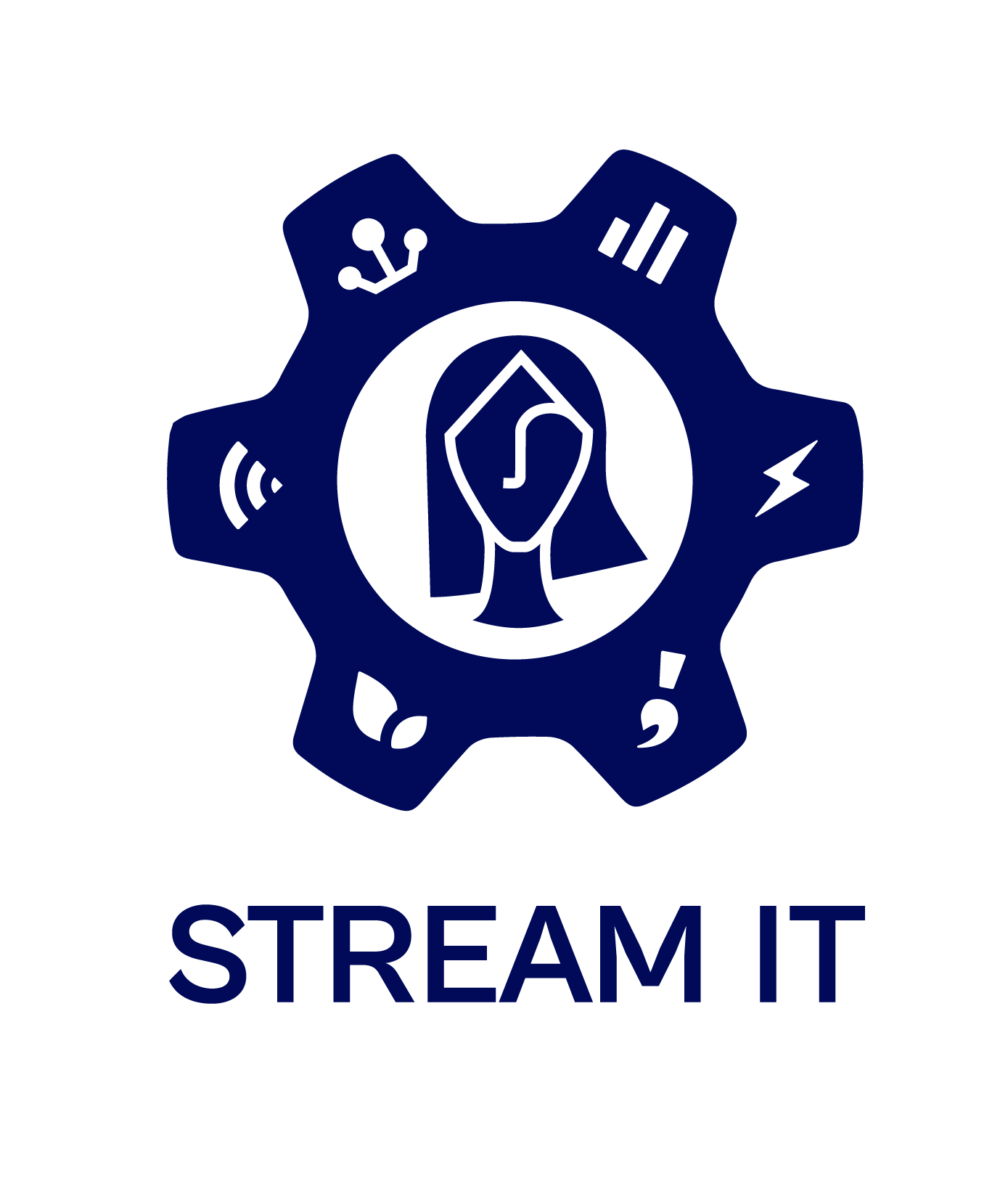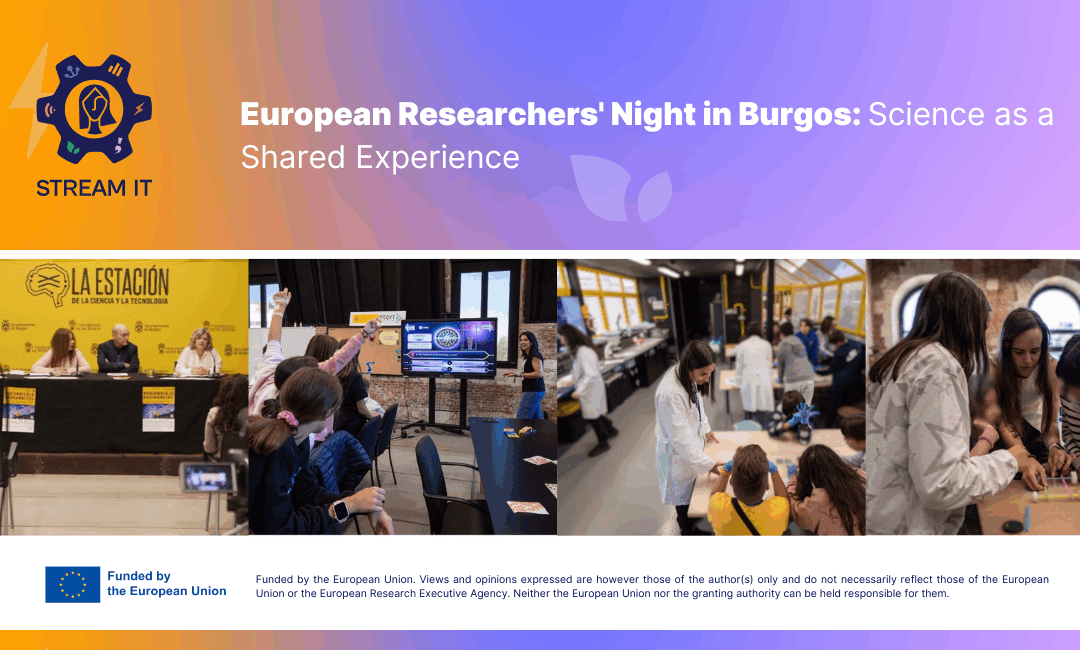A celebration of science, innovation and community as Burgos joins cities across Europe to bring research closer to the public.
On 26 October, the city of Burgos, Spain, joined dozens of European cities to celebrate the European Researchers’ Night: a dynamic, public event designed to bring science closer to people. During this day, the city’s scientific community steps out of their research centres to share their work with everyone interested, turning the urban routine into an open-air laboratory where knowledge is presented in a friendly, comprehensible, and participatory way.
This initiative is funded by the European Commission under the Marie Skłodowska-Curie Actions. It takes place simultaneously every year in more than 400 cities. Burgos, through its university and the National Research Centre on Human Evolution (CENIEH), has been a loyal participant for sixteen consecutive editions, establishing itself as one of the city’s most significant scientific events. It is worth noting that all university professionals taking part in the event belong to research groups involved in European projects.
The event not only aims to share knowledge but also to foster an open and relaxed encounter between the general public and the city’s researchers. Through this direct contact, citizens can learn first-hand about the lines of research being developed in Burgos and understand their impact on everyday life. In doing so, the event encourages people to value and support local research, strengthening the cultural and educational network, promoting innovation, and turning science into a source of collective pride. When this happens, a more informed, critical, and engaged community is built – one that is committed to its own future.
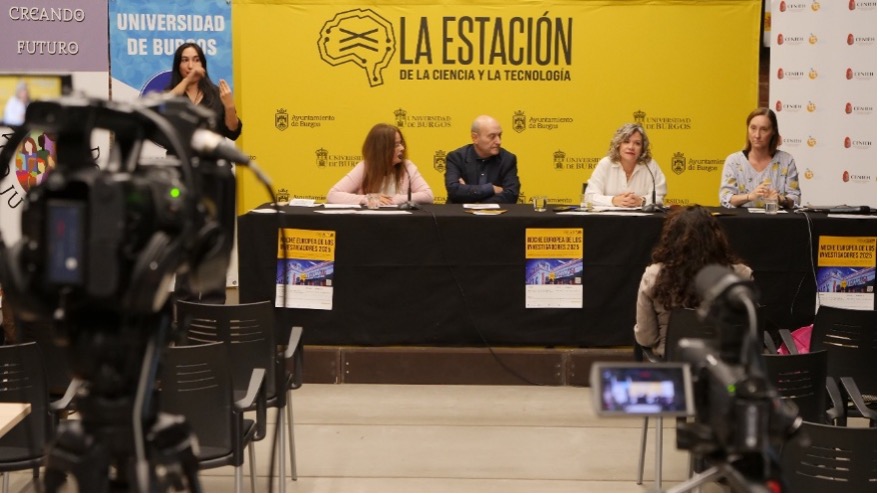
Figure 1. Press conference to present the programme for European Researchers’ Night
Beyond the transmission of knowledge, the Researchers’ Night is also an opportunity to highlight the work of women scientists. Their participation not only demonstrates the excellence of their research but also challenges gender stereotypes that still persist in many scientific fields. The presence of female role models in outreach activities like this is essential to inspire the girls, boys, and young people who are discovering science for the first time. Seeing women leading research projects or coordinating workshops sends a powerful message: science is diverse, inclusive, and belongs to everyone.
In this sixteenth edition, the programme offered a wide range of workshops, talks, and exhibitions, held both at the CENIEH and at the La Estación de la Ciencia y la Tecnología, most of them led by women scientists at different stages of their professional careers. Among them stood out geochronologist Davinia Moreno from CENIEH, who presented an exhibition commemorating an initiative that has brought geology closer to thousands of people over two decades. Through guided excursions led by geologists across the country, this project has fostered environmental education, promoted the protection of geological heritage, and strengthened the bond between science and society. Her presentation drew great public interest, helping visitors understand the importance of geology not only for studying the Earth’s past but also for addressing today’s challenges in sustainability and natural resource management.
Equally significant was the active participation of young women researchers involved in various European projects, who brought freshness, creativity, and new perspectives to the programme. Among them was Beatriz Mediavilla-Martínez, PhD in Education, who led an original participatory activity: a collaborative mural where visitors to the Science Station could express ideas, proposals, and visions for improving Burgos through a sustainable and inclusive lens. The initiative was complemented by an activity for children, where the youngest participants explored the city’s historical, cultural, and scientific past before imagining possible future scenarios based on that knowledge. These kinds of proposals clearly demonstrate how science can act as a bridge between generations, fostering reflection, creativity, and collective responsibility towards the environment.
The integration of different disciplines throughout the event offered a practical demonstration of the importance of collaboration among professionals from diverse fields of knowledge. Contemporary scientific research rarely takes place in isolation: advances in science and technology are deeply intertwined with social needs, aspirations, and challenges. Hence, the positive development of STEM disciplines requires a multidimensional analysis of reality. Activities led by researchers from the field of education aimed precisely at this – contextualising science, connecting research with real social problems, and reinforcing its significance for learning.
Along these lines, a group of young researchers from ICCRAM (International Research Centre in Critical Raw Materials for Advanced Industrial Technologies) at the University of Burgos, coordinated by Laura Gómez-Cuadrado, proposed a role-playing and escape room activity for teenagers set in an intriguing apocalyptic scenario: all adults on the planet have disappeared for a day, and the young people must take responsibility for solving the problems threatening humanity’s survival.
Through this playful dynamic, the scientists introduced participants to the most pressing environmental issues of our time, such as pollution and exposure to toxic substances in everyday life. The teenagers, transformed into scientists for a day, learned how toxicity is studied using microorganisms and human cells and how to interpret the results critically. Such activities aim not only to promote experiential learning but also to develop essential skills such as critical thinking, problem-solving, and informed decision-making, while sparking curiosity and interest in scientific careers.
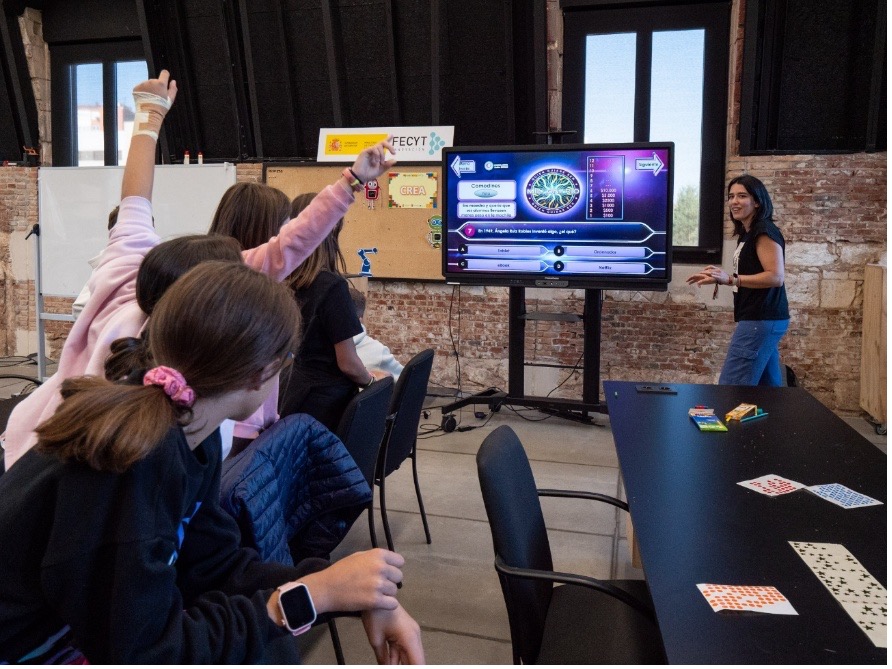
Figure 2. Workshop: Discover the past, create the future
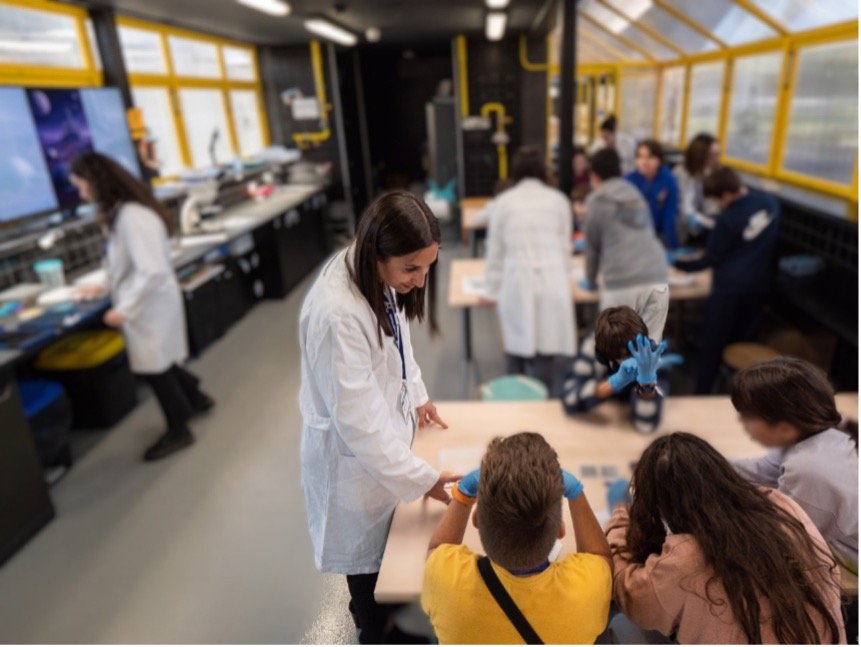
Figure 3. Workshop: ANOVA: The day the adults disappeared
Continuing with the environmental theme, another remarkable proposal came from Susana Mata, a doctoral student in Specific Didactics, who invited children aged 11 to 13 to take on a fun and educational challenge: to build an eco-friendly vehicle powered by a rubber band. The experience applied an integrated STEAM educational approach (Science, Technology, Engineering, Art, and Mathematics), complemented by a linguistic component through the use of English as the working language.
During the activity, participants followed the stages of the engineering design cycle – ideation, construction, testing, and prototype improvement – to develop their sustainable vehicles. In the process, they applied basic physics principles such as mechanical energy, friction, and balance, while strengthening their logical and creative thinking through trial and error. Moreover, as the activity was conducted entirely in English, participants simultaneously developed linguistic and plurilingual skills, learning to communicate and collaborate in a different language in a practical, meaningful context.
The result was a holistic educational experience whose ultimate aim was for children to understand that design and sustainability can be engines for change and that science is not only learned but lived.
Finally, a team formed by Rocío Barros, María Medrano, Elena Clavel, and Andrea Martín, also from ICCRAM, addressed the problem of soil degradation through a workshop full of challenges and scientific puzzles. Participants observed the microfauna in different types of soil, created stratified columns to reveal their layers, experimented with capillarity, and explored how roots grow under various environmental conditions. This proposal was especially engaging for the youngest visitors, who discovered first-hand how soils sustain life and why their conservation is essential for ecosystem balance.
Taken together, all these activities demonstrated that scientific outreach is far more than an educational tool: it is a way to connect society with science, to nurture curiosity, inspire vocations, and build a more conscious and critical citizenry.
The European Researchers’ Night in Burgos not only celebrated the achievements of the local scientific community but also reaffirmed the city’s commitment to education, sustainability, and equality. For a few hours, the city was filled with experiments, workshops, and talks that turned public spaces into scenes of collective learning. Entire families, school groups, and visitors of all ages were able to experiment, ask questions, debate, and share discoveries with those who dedicate their lives to research. The event also demonstrated the power of institutional and civic collaboration: universities, research centres, and educators worked together to make possible a day when science literally took to the streets. This joint effort embodies the spirit of the European Researchers’ Night bringing research closer to society and strengthening the ties between academic knowledge and everyday life.
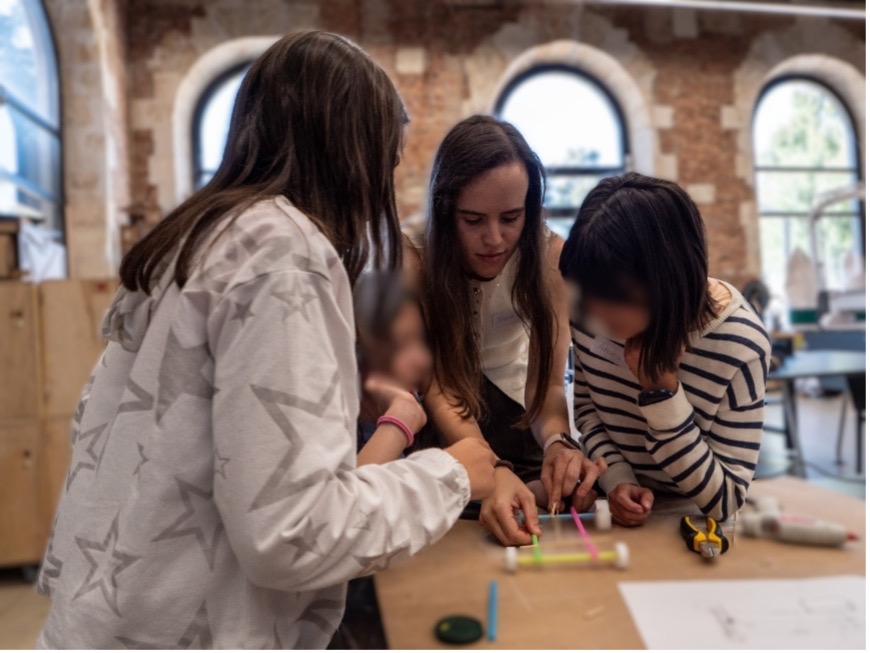
Figure 4. Workshop: EcoRacer: put your ideas on wheels
With each new edition, Burgos reaffirms its position as a city committed to science, culture, and education. The Researchers’ Night has become a national benchmark in scientific outreach, not only for the quality of its activities but also for its ability to inspire new generations and promote values such as cooperation, and gender equality.
As night falls and the experiments end, something more remains than the memory of a day full of discoveries: the seed of curiosity, the desire to keep learning, and the conviction that science, far from being reserved for a few, is a common good built by everyone.
Author
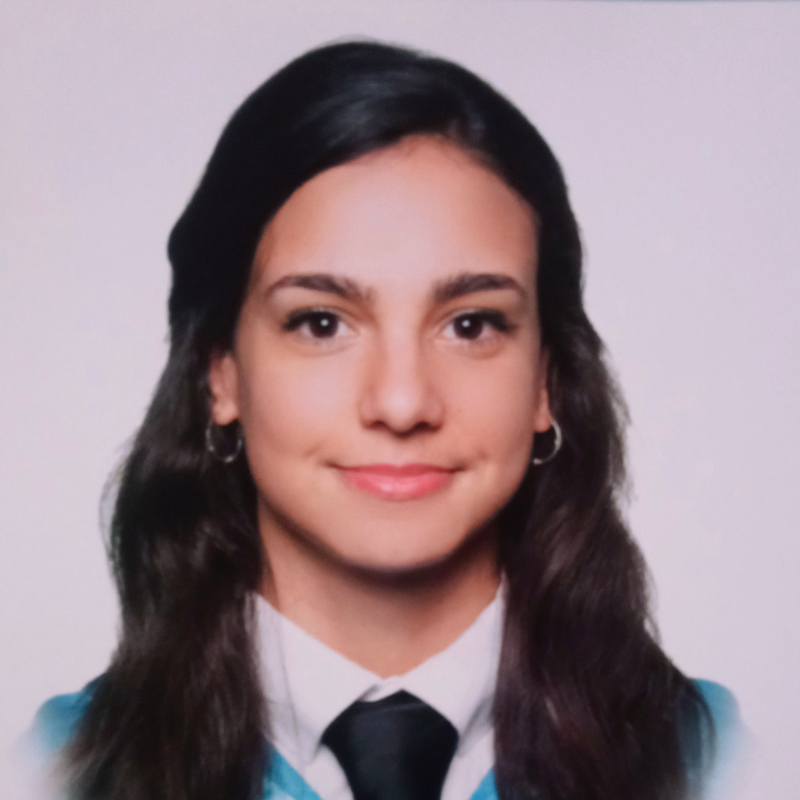
Universidad de Burgos
Eva M. García-Terceño holds a PhD in Education from the Universidad de Burgos. She has a Master university degree in Educational Research and Innovation and she is graduated as an Occupational Therapist and as a Primary Teacher with a specialisation in Special Education. Her research interests extend to topics related to pre-service teacher education, science and gender, and inclusive education.
